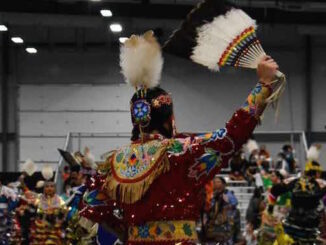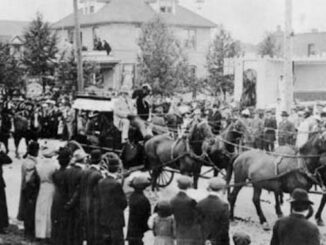Chuckwagon is a 1964 documentary written and directed by Robert Barclay. The film is 9 minutes long and “offers a ringside view of the chuckwagon race, star attraction of the world-famous Calgary Stampede.”
The film is presented as a first person narrative. Those familiar with the history of the Calgary Stampede may immediately recognize the protagonists of the film as Dick Cosgrave and his son Bob Cosgrave. Perhaps in 1964 the Cosgrave family (already synonymous with the Calgary Stampede, and whose legacy has only increased since), needed no introduction, but unfortunately for those not in the know, the film makes no effort to introduce this family. We are presented with a narrative from the point of view of Dick Cosgrave, but the actual narration is done by NFB legend John Drainie.
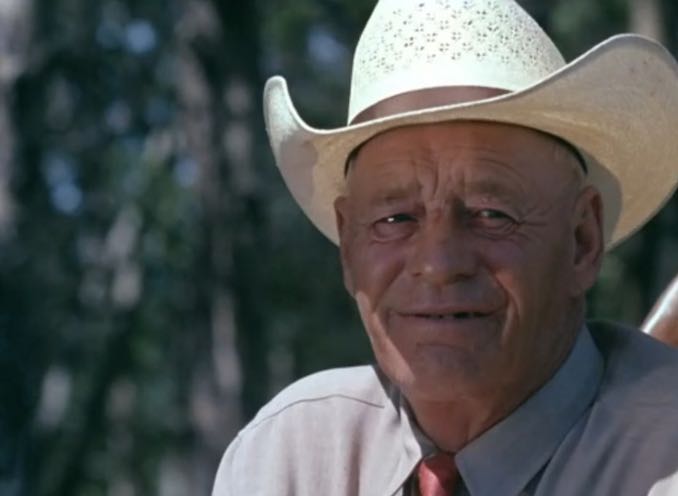
Chuckwagon opens to a score of original music composed by Boris Mischenko for the film, an old-timey western ballad that sings the praises of the chuckwagon and the old west. Dick Cosgrave sits atop a horse and explains the season of a chuckwagon outfit. While he watches his son Bob demonstrates what he describes: when they start breaking in the horses, what it takes to make a good team, and the importance of getting the horses to work together. He also explains the reasoning behind partaking in the sport – money. Successful teams are able to make up $20,000 in a season.
The music comes back in, describing the Stampede itself, played over footage of the Calgary Stampede. Although it is not listed in the credits, it seems this footage was captured at the 1962 Calgary Stampede, due to a McLean’s article published on July 14th of the same year called The Wildest Game on Wheels by Eddie Olynuk (an excellent companion read to this film, it describes many of the scenes indicating that the Olynuk was present during the filming of Chuckwagon ).
We see the opening parade, bronc riding, some bad calf roping, and a dangerous bull ride. The structure of the chuckwagon races is explained, played over clips of races themselves. The footage does an excellent job of capturing the excitement of the races, including the danger. In one shot an outrider and his horse take a tumble; the horse rights itself and gallops away, leaving a clearly injured rider to crawl to safety.
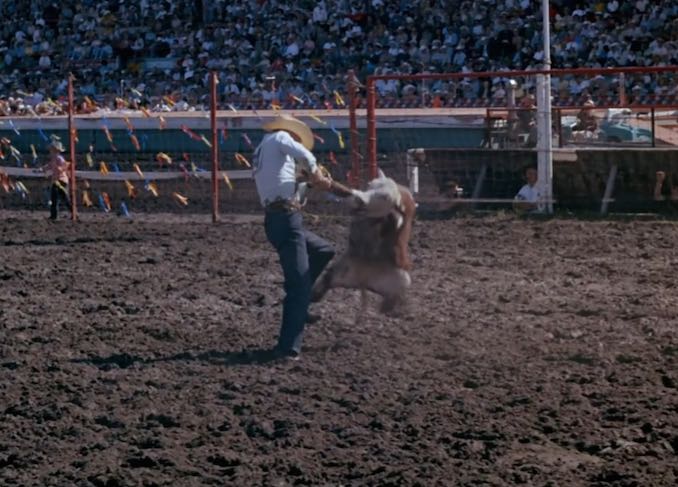
The evolution of chuckwagon racing is briefly outlined, from its debut in 1923 when heavy horses such as Percheron and Clydsdales pulled the wagons, to the thoroughbred racing horses that pull the wagons to this day. The improved safety precautions are also explained. Steel barrels were switched out for heavy cardboard barrels, and real cook stoves replaced by lightweight props etc.
(Anyone familiar with present day chuckwagon racing will notice the many safety precautions yet to come. To further improve safety, heats have since been reduced from 4 wagons to 3, outriders from 4 to 2, safety guards added to keep the wagons from racing too close to the rails, and the metal baskets removed from the back of wagons.)
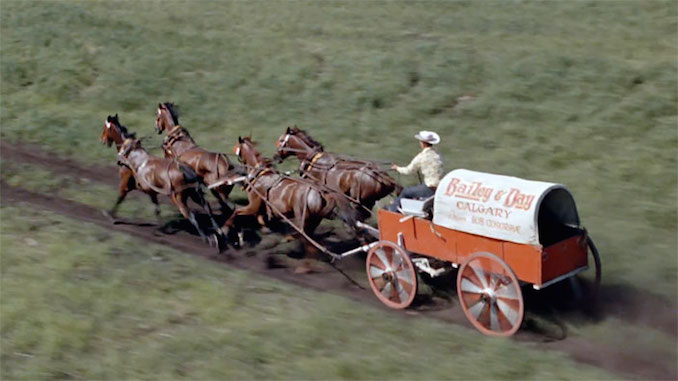
Even though I am a fan of chuckwagon racing, I can still see this film for what it is: a propaganda film that was made to sell us the myth of chuckwagon racing as an integral part of Alberta history. This film could not have been made without the blessing and cooperation of the Calgary Stampede, so it cannot offer any real critique. There is, however, an internal paradox in the film. In the opening scene Dick Cosgrave states:
“Other stampedes and rodeos have tried to copy it, but it’s never really been successfully put on anywhere else but Calgary, and I don’t think it will.”

What future is there for a sport whose most famous participant claims can only be done right in Calgary? The film points out that most drivers live within 200 miles of Calgary, and that drivers will often drive more than one wagon, and outriders may ride for two or more teams. When attending Stampede, it is common for the announcers to point out that chuckwagon racing is a “family business”, and hard to get into if you aren’t born into it. What future is there for a sport dominated by a few families, and with a high barrier to entry?
This film makes excellent viewing for anyone interested in the history of the Calgary Stampede, whether fan or critic.
Chuckwagon is available for viewing anytime on the NFB website.


